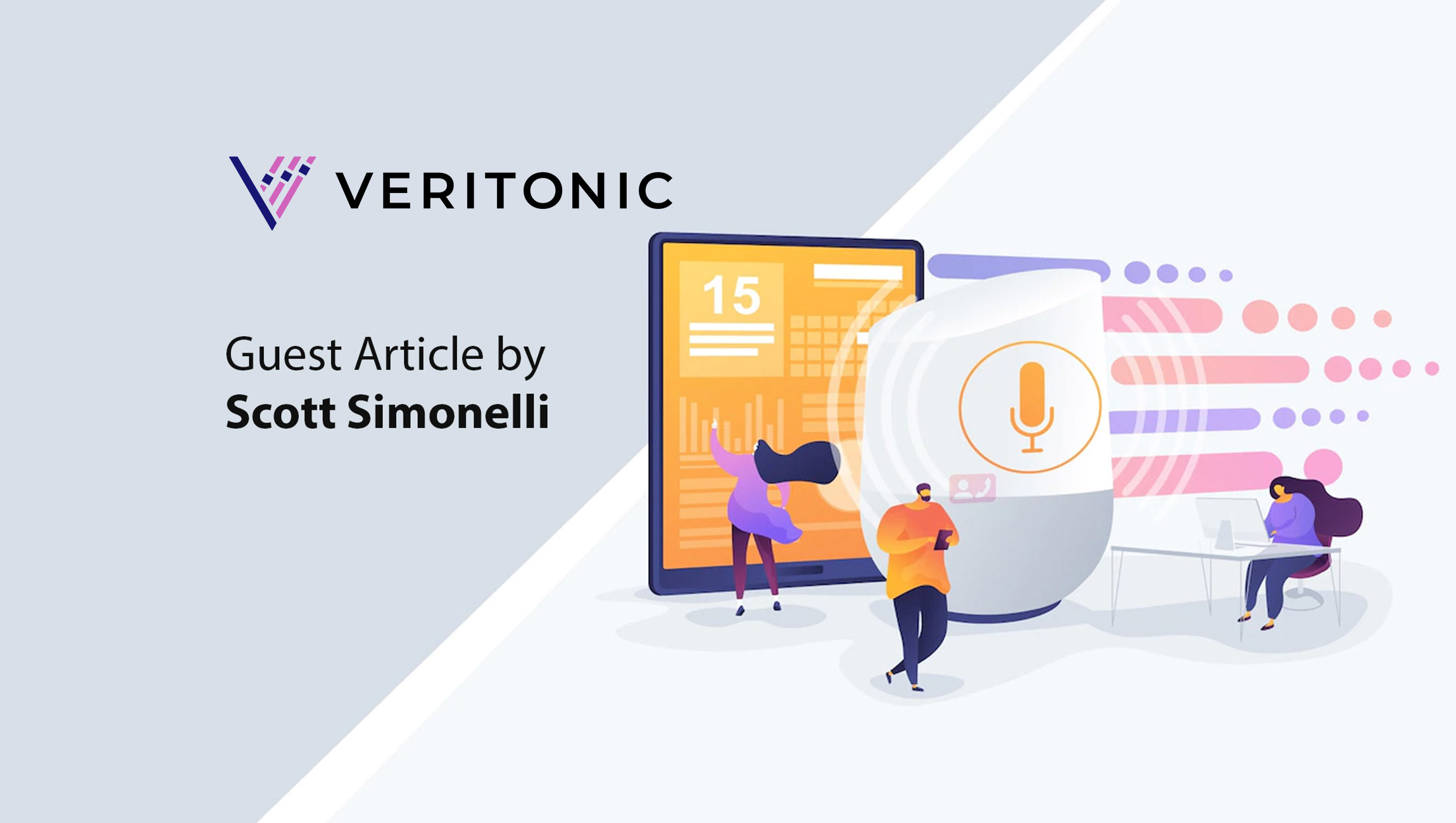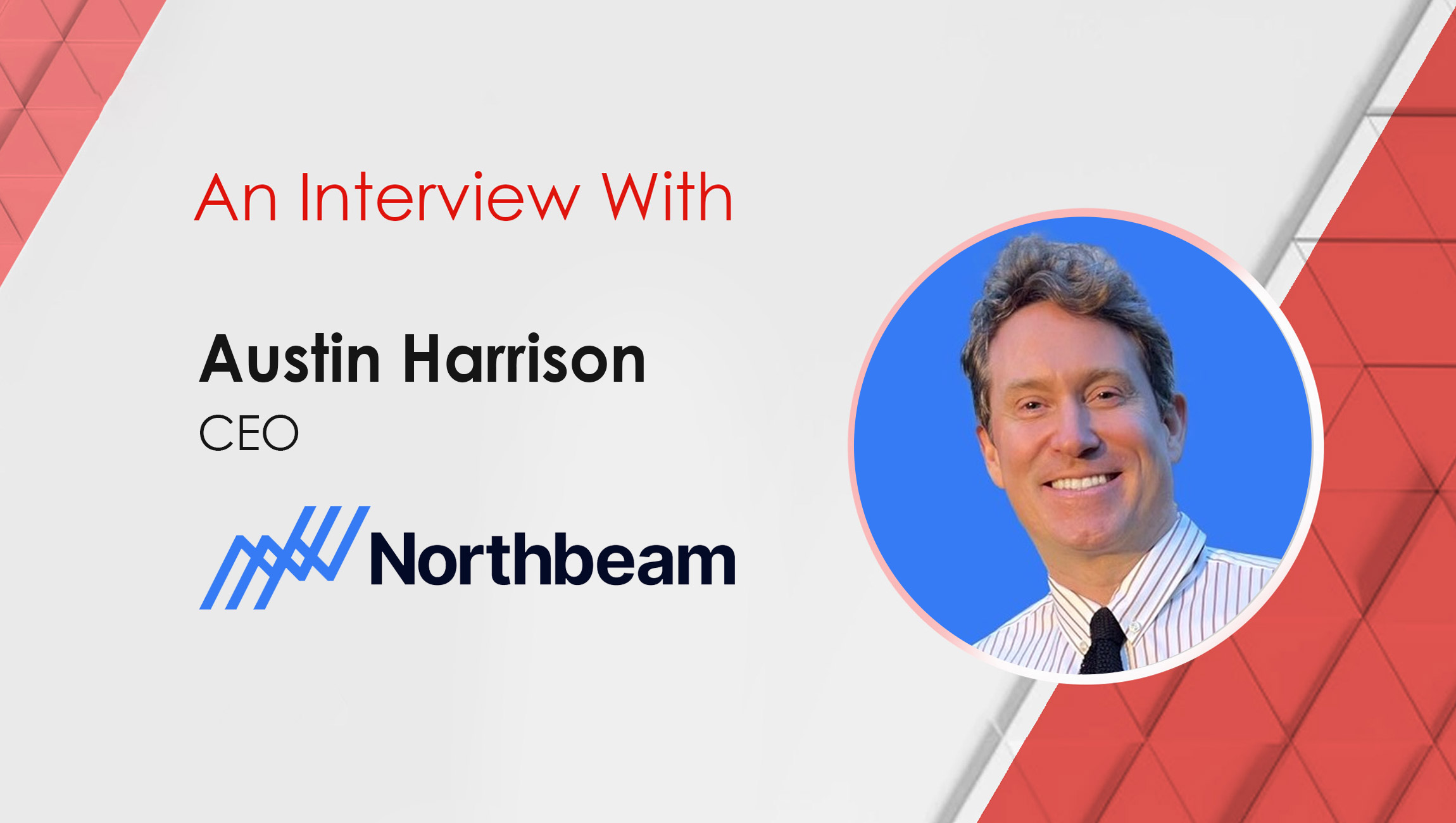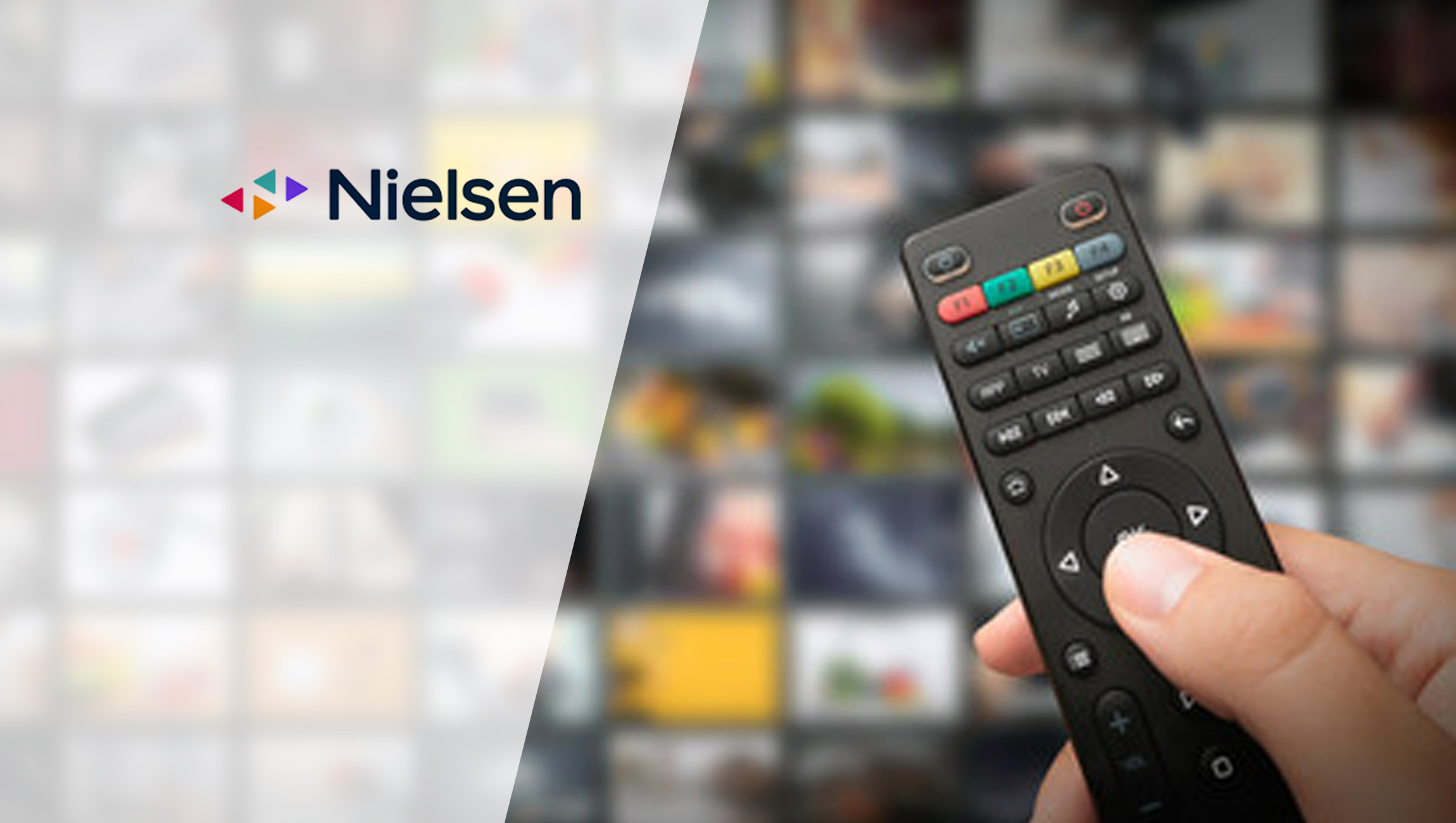Advertisers who want to reach their target audiences and generate optimal brand lift will find extremely fertile ground in audio advertising, especially given the sharp rise of streaming platforms and podcasts.
Podcasting and audio streaming has come of age, with millions of dedicated audiences in clearly defined demographic areas. And people are listening, with 73% of Americans over 12 years of age (about 209 million people) listening to online audio per month, according Edison Research’s latest study.
Audio is also an effective vehicle for reaching specific demographics. A house music/dance music audio channel on Spotify, for example, will reach young women in their 20s. Health and wellness podcast series reach women in their 50s, while a sports channel captures men ages 25-40. Podcasts and audio also are “sticky,” attracting people to listen on a daily or weekly basis.
Whether at home or on the go—driving, exercising or traveling—people are tuning in regularly. The rise in the consumption of online audio has even spilled over into terrestrial radio, which is mounting something of a comeback. But to get maximum ROI, it’s important to remember that audio and podcast advertising is distinct from advertising in other mediums. Preparing a campaign and measuring its impact can’t always be done in the same way.
Marketing Technology News: MarTech Interview with Claudia Johnson, Vice-President of Capability Acceleration at Flywheel Digital
Best Practices for an Audio-first Strategy
Audio and podcast advertising offer several strategic benefits. The audio medium as a whole can reach new audience segments and support long-term, omni-channel branding strategies. The on-demand and intimate nature of podcasts can build trust—a beloved podcast host, for instance, can develop a personal connection with listeners and have a big influence on their preferences.
The key to successful audio and podcast ads comes down to determining which creative approaches will yield the best results. Factors such as a brand’s market share and penetration, the available ad budget, the industry a company is in, the audience make-up, the style of podcast, and more all play a part in determining those results. But there are several steps advertisers should be sure to take.
Pre-market Testing.
Even well-made, can’t-miss ads can fail when the ad creative is actually in-market. Pre-market testing (before going live), to a specific audience in the right environment and channel is critical in helping to determine that the ads will resonate with a target audience. Many marketers make the mistake of repurposing creative from radio or other channels on podcasts, and it doesn’t always stick.
Slight Variations in Ads.
As best practice, it’s always important to tout a single product within an ad, but you also need to account for different responses to different messages. Running a variety of ads with subtle differences in both tone and message can bring about optimal results for the overall campaign. Brands need to be cognizant of reaching multi-cultural audiences. A study by Nielsen, for example, detailed how diverse podcast audiences are, and how likely they are to act on ads. With this in mind, having a variety of creative in-market that resonates with different audiences will be helpful in increasing your reach and overall efficacy.
Brand Lift.
Successfully marketing a product is essential but building brand equity with an eye toward future consumers, is just as important. Brand lift, which measures the impact advertising has on consumers’ recognition of a brand and their perceptions and behavior towards it, helps advertisers understand the effect their campaigns are having through the entire funnel.
Attribution.
To grasp the immediate impact of an audio campaign, be sure to make use of built-for-audio attribution solutions, which measure bottom-of-the-funnel activity including impressions, site visits, cart activity, incremental lift, and more.
Note the Competition.
Ad campaigns don’t exist in a vacuum. If your biggest competitor has a major campaign at the same time as yours, it will affect performance. In a case such as that, flat results on your part could be positive, protecting your brand from a negative impact from the competitor’s campaign. It also can help manage expectations of future campaigns. It’s important to know how activity around your campaign can affect its performance.
Establish Your KPIs.
To understand how a campaign is doing and whether you are measuring the right things correctly, it’s best to start by establishing your key performance indicators (KPIs), and test against them before going to market.
Remember: Audio and Podcast Advertising Is a Different Game.
Like the ads themselves, treating audio and podcast ad measurements like other media is a common mistake. It’s actually unique to the medium, so it shouldn’t be treated as an afterthought—don’t hold back on the budget for testing and seeing through its efficacy before going to market (and even while in-market). It’s also important to look at more than one metric in order to build context and understand the that could affect performance, including competition or the specific elements of your ad creative.
Audio and podcast advertising have become integral marketing vehicles for brands and agencies alike. By taking the steps above, brands and marketers can put their audio in-market with confidence, ensuring that they are achieving powerful brand lift while also being rewarded with big returns on their audio investments.
Marketing Technology News: A Guide to B2B Marketing Automation That Generates Quick Results











